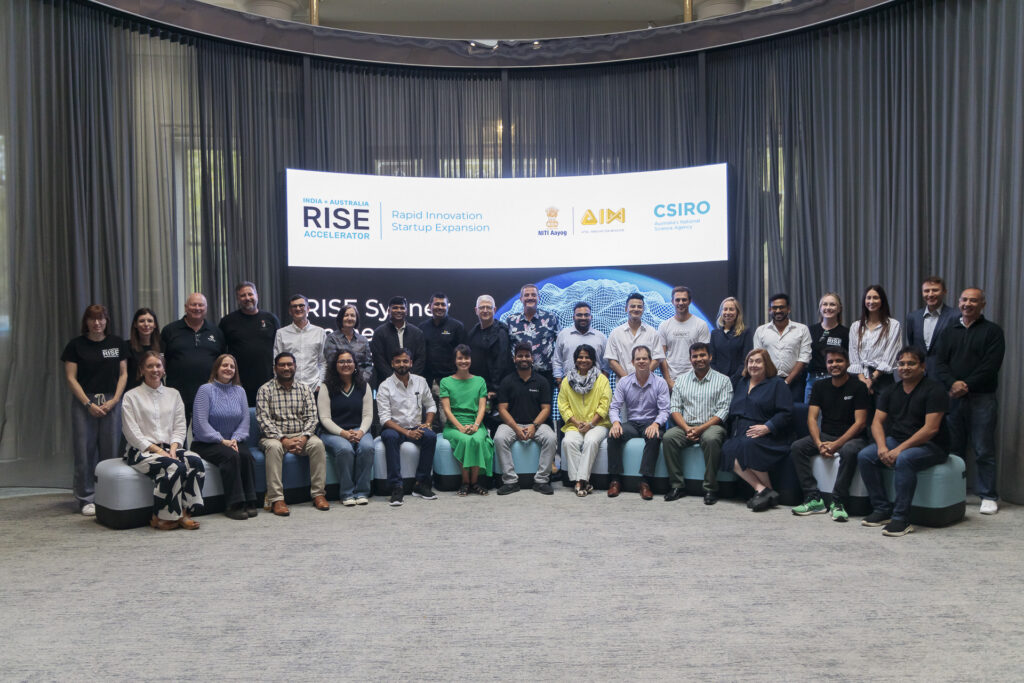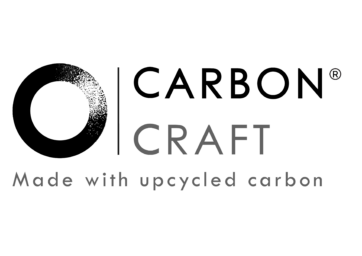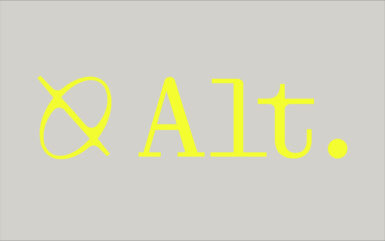Round 1: The circular economy opportunity
At the heart of a circular economy is a design philosophy that eliminates waste, optimally uses materials, conserves natural resources, and regenerates natural systems. It is an economic system where products and services are engineered for durability, materials are perpetually recycled, and waste and emissions are reduced or eliminated.
Seizing the circular economy opportunity will not only help us to conserve valuable and limited natural resources, it promises a triple dividend of economic growth, employment, and waste reduction.
For Round 1 of the Program, we invited Indian and Australian startups and SMEs with technologies and solutions that address key challenges in advancing India and Australia’s transition to a circular economy. These include:
- developing innovative circular business models
- promoting B2B and B2C circularity across supply chains
- enhancing waste reduction and recycling efforts
- designing products and processes that minimise waste and pollution
- exploring circular material replacements
- fostering a circular economy mindset across various sectors.

Participants in our circular economy tech cohort gathered together with the RISE Accelerator delivery teams from India and Australia for Sydney Immersion Week, April 2024.














